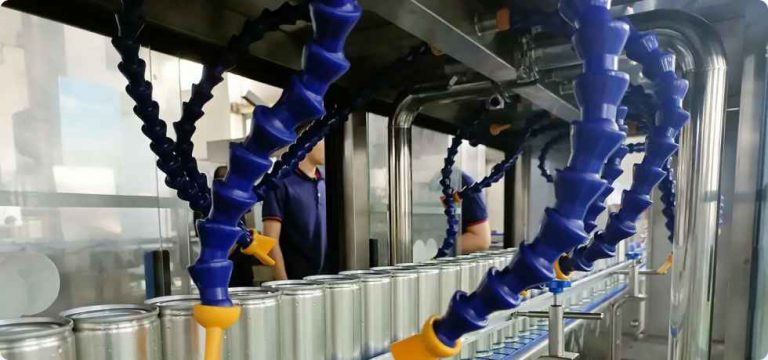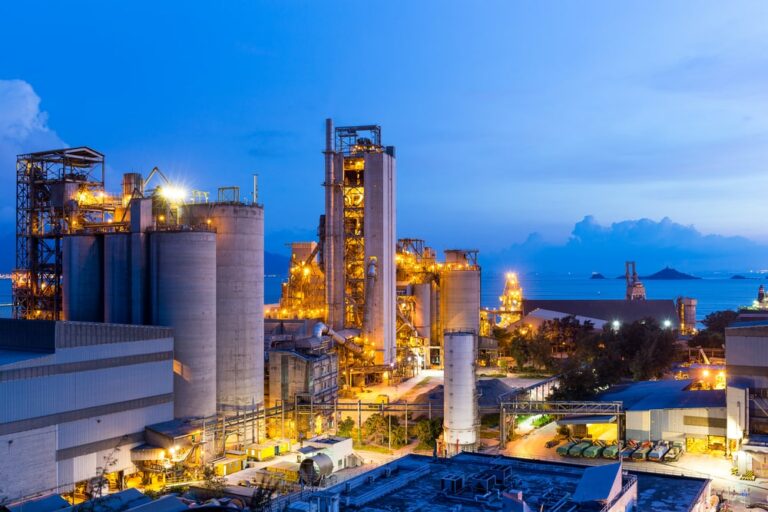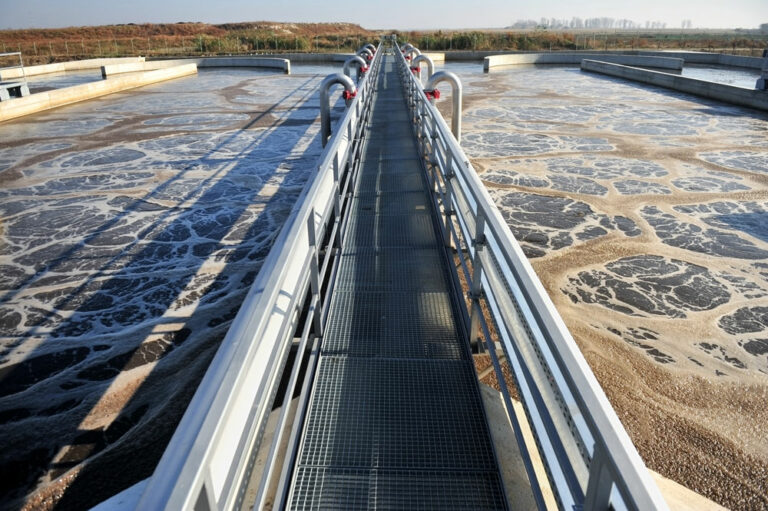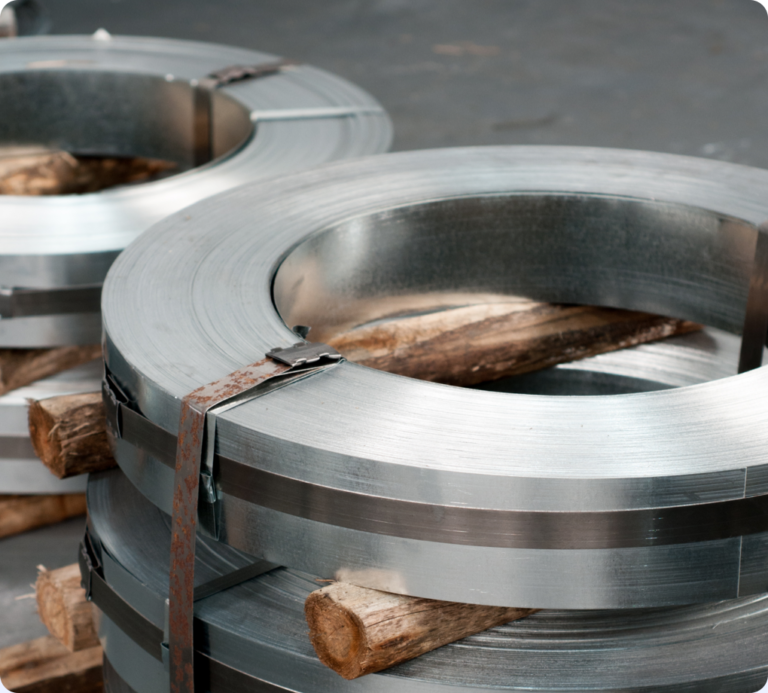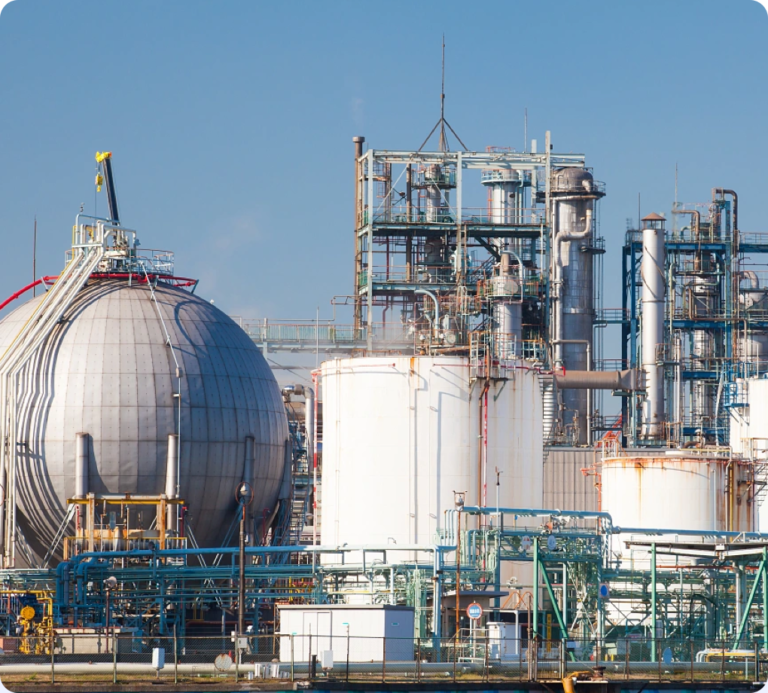RAETTS is located in Dongguan, Guangdong Province, the world’s leading manufacturing city and the hinterland of Guangdong-Hong Kong-Macao Greater Bay Area. The target markets are more than 60 countries, such as the United States, Europe, Israel,Bahamas, The,Sao Tome and Principe,Juan de Nova Island,Serbia and Montenegro,Maldives, Southeast Asia and the Middle East.We have own factory named with more than 20 years of production experience, it is specialized in producing Energy-efficient blower,Turbo Blower in Water Treatment,air blower for hospital sewage wastewater treatment plant,blower for wastewater treatment plant,Centrifugal Turbo Blower ,Sewage Treatment Plant blower and so on.
If you are interested in any of our products please feel free to contact us. We are looking forward to establishing successful business relationships with new clients around the world in the near future.
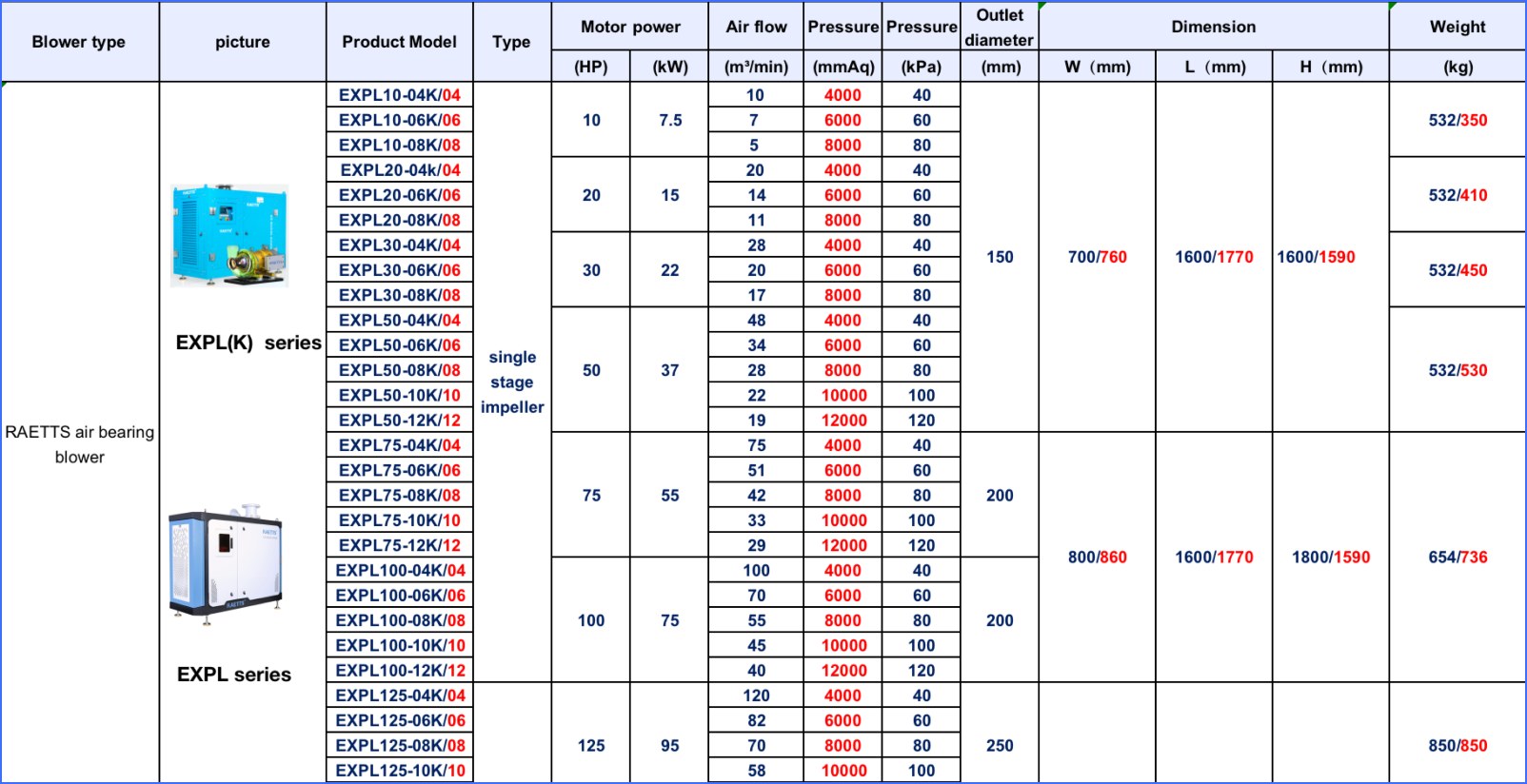
| Product name | centrifugal blower for copper foil plant |
| Keyword | Energy-efficient blower,Turbo Blower in Water Treatment,air blower for hospital sewage wastewater treatment plant,blower for wastewater treatment plant,Centrifugal Turbo Blower ,Sewage Treatment Plant blower |
| Place of Origin | China |
| Feature | RAETTS air bearing turbo blower is a brand-new concept blower, which integrates the main core technologies such as “air suspension bearing”, “permanent magnet ultra-high-speed motor”, “high-precision aviation-grade impeller”, and creates a new era of ultra-high efficiency ,low noise and low energy consumption. |
| Dimensions | 773mm*790mm*790mm, (Contact us for specific information to confirm) |
| Applicable Industries | food and beverage, etc. |
| Weight | 485kg |
| delivery date | the common delivery time will be 30-40 days. |
| terms of paymen | RAETTS accept payment by T/T(30% advance payment,70% before shipment) |
| Life span | 12 years (Contact us for specific information to confirm) |
| After-sale service | RAETTS warranty time for air bearing blower and maglev turbo blower is 24months,for high speed centrifugal blower is 12 months. |
| Advantage | We keep good quality and competitive price to ensure our customers benefit |
| Packing | 868x880x812mm(Contact us for specific information to confirm) |
| OEM/ODM | Customization Service Provided |
| Sales country | All over the world for example:Israel,Bahamas, The,Sao Tome and Principe,Juan de Nova Island,Serbia and Montenegro,Maldives |
| MOQ | 6pcs(Contact us for specific information to confirm) |
| production capacity | production capacity RAETTS production quantity for air bearing blower and maglev turbo blower is about 200pcs/month,for high speed centrifugal blower is about 700pcs/month. |
| raw materials | RAETTS air blower impeller in made of aluminum alloy,enclosure material is carbon steel,rotor material is cast iron.If customers need other special materials,we can also customized according to customers requirements |
| technology | RAETTS air bearing blower technology is originated from South Korea and maglev turbo blower technology is originated from Germany.RAETTS also have R&D team from Xi’an Jiaotong University |
| quality system | RAETTS has quality management system certificate ISO9001:2015 and enviromental management system certificate ISO14001:2015 |

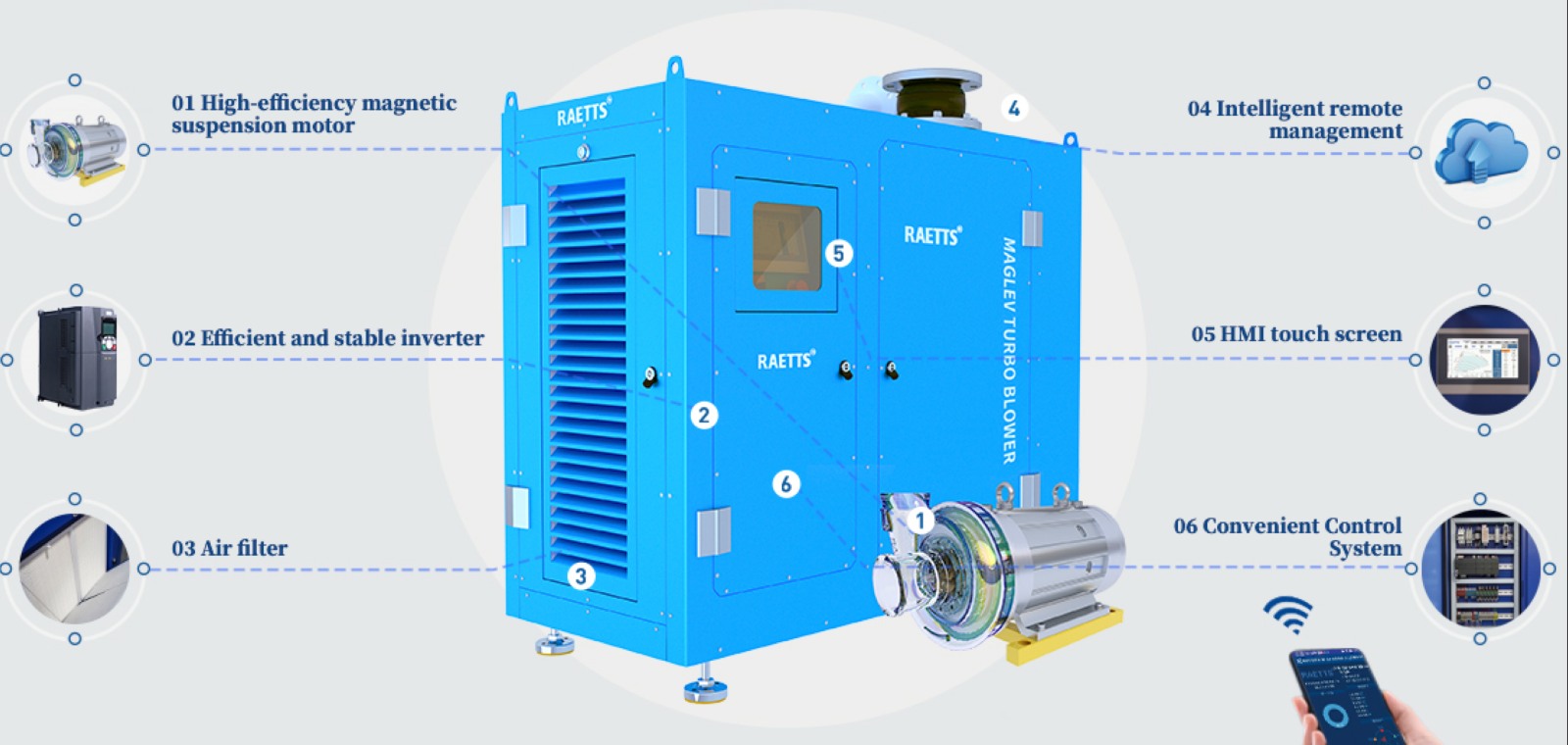
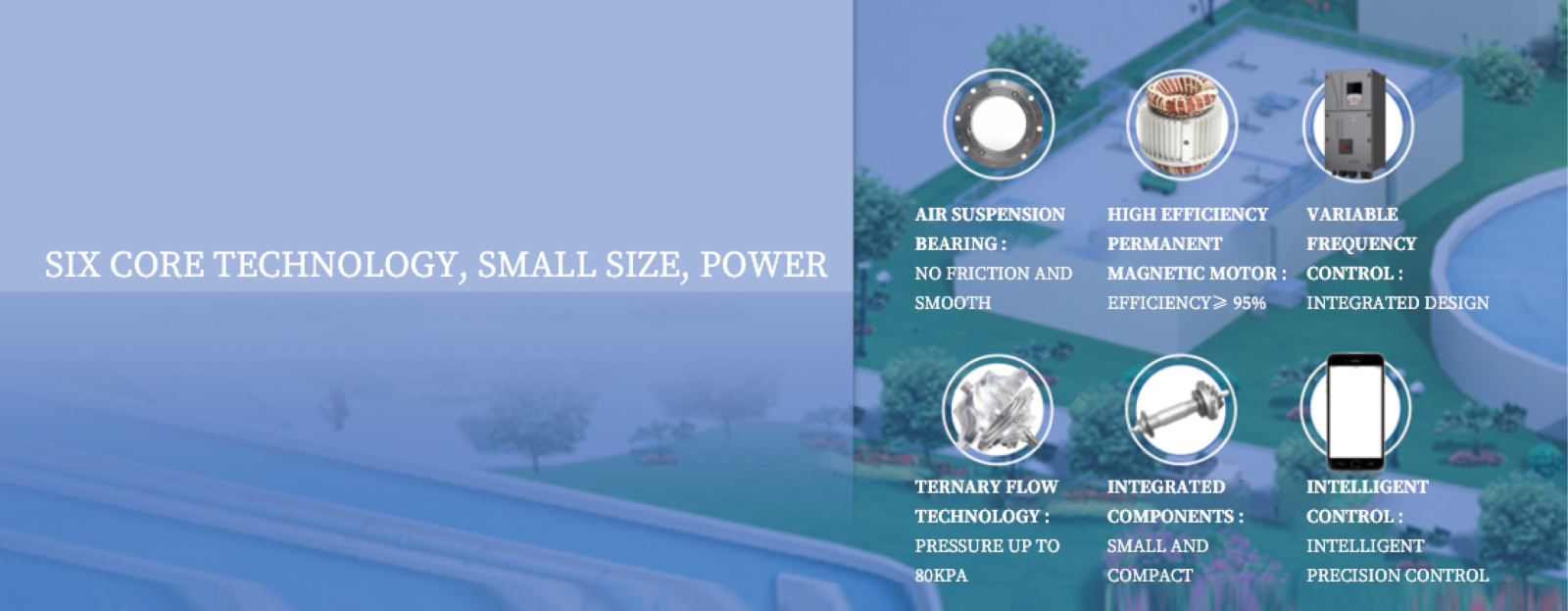
centrifugal blower for copper foil plant services FAQs Guide
Are you looking for a quick review guide about centrifugal blower for copper foil plantservices?
An ultimate FAQ buying guide is available to help you.This guide contains all the information about all the important facts, figures, and various processes regarding centrifugal blower for copper foil plant services.
Let’s continue!
2.What Noise Levels Can I Expect from a Turbo Blower?
3.Can a Turbo Blower Be Operated Remotely?
4.Can a Turbo Blower Be Used for Both Vacuum and Compression Applications?
5.How Does a Turbo Blower Compare to Traditional Centrifugal Blowers?
6.What Measures are in Place for Protecting Against Overloading a Turbo Blower?
7.What Types of Materials Can a Turbo Blower Handle?
8.What are the maintenance requirements for an centrifugal blower for copper foil plant?
9.What are the Main Components of a Turbo Blower?
10.What is the Cost Comparison between a Turbo Blower and Other Types of Blowers?
11.About centrifugal blower for copper foil plant raw material procurement system
12.Is a Turbo Blower Compatible with Other Equipment in My System?
1.How Does a Turbo Blower Ensure Oil-Free Operation?
We pay attention to user experience and product quality, and provide the best product quality and lowest production cost for cooperative customers.
A turbo blower ensures oil-free operation through its design and construction, as well as through the use of specialized components and systems.
1. Oil-Free Design: Turbo blowers are designed to operate without the need for oil lubrication. This means that all the moving parts, such as the impeller and bearings, are designed to function without the use of oil. This eliminates the risk of oil contamination in the air stream.
2. Magnetic Bearings: Turbo blowers use magnetic bearings instead of traditional oil-lubricated bearings. These bearings use magnetic fields to levitate and support the rotating shaft, eliminating the need for oil lubrication. This also reduces friction and wear, resulting in longer service life and improved efficiency.
3. Air Cooling: Turbo blowers use air cooling instead of oil cooling. This means that the blower is cooled by the surrounding air, rather than by circulating oil. This eliminates the risk of oil leaks and contamination.
4. Sealed Enclosure: Turbo blowers are enclosed in a sealed housing, which prevents any oil from escaping into the air stream. This ensures that the air being delivered is completely oil-free.
5. Oil-Free Seals: The seals used in turbo blowers are specially designed to be oil-free. This prevents any oil from leaking into the air stream and ensures that the air being delivered is completely oil-free.
6. Oil-Free Filtration: Turbo blowers use specialized oil-free filtration systems to remove any oil or contaminants from the air stream. This ensures that the air being delivered is clean and oil-free.
Overall, the combination of these design features and specialized components ensures that a turbo blower operates without the need for oil lubrication, resulting in completely oil-free operation. This is essential for applications where oil contamination is not acceptable, such as in food and beverage production, pharmaceutical manufacturing, and electronics production.
2.What Noise Levels Can I Expect from a Turbo Blower?
We operate our centrifugal blower for copper foil plant business with integrity and honesty.
The noise levels of a turbo blower can vary depending on the specific model and manufacturer. However, on average, a turbo blower can produce noise levels between 70-90 decibels (dB) at a distance of 3 feet. This is comparable to the noise level of a vacuum cleaner or a busy street. Some newer models of turbo blowers may have noise levels as low as 60 dB, which is similar to the noise level of a normal conversation. It is important to note that the noise level can also be affected by the installation location and any additional soundproofing measures that may be in place.
3.Can a Turbo Blower Be Operated Remotely?
I have a comprehensive after -sales service system, which can pay attention to market trends in time and adjust our strategy in a timely manner.
Yes, a turbo blower can be operated remotely through the use of a remote control system. This system allows the operator to control the speed and other functions of the turbo blower from a distance, without the need to physically be near the blower. This can be useful in situations where the blower is located in a hard-to-reach or hazardous area, or when the operator needs to monitor and adjust the blower from a control room or other remote location. The remote control system typically consists of a control panel, sensors, and a communication system that allows for real-time monitoring and control of the blower.
4.Can a Turbo Blower Be Used for Both Vacuum and Compression Applications?
We have broad development space in domestic and foreign markets. centrifugal blower for copper foil plant have great advantages in terms of price, quality, and delivery date.
Yes, a turbo blower can be used for both vacuum and compression applications. Turbo blowers are versatile machines that can be used for a variety of applications, including both vacuum and compression. They are commonly used in industries such as wastewater treatment, pneumatic conveying, and industrial processes.
In vacuum applications, the turbo blower is used to create a negative pressure or suction to remove air or other gases from a system. This is commonly used in vacuum pumps for packaging, vacuum cleaners, and other industrial processes.
In compression applications, the turbo blower is used to increase the pressure of a gas or air stream. This is commonly used in pneumatic conveying systems, aeration systems, and other industrial processes.
The versatility of turbo blowers makes them a popular choice for many industries. They are energy-efficient, compact, and have a wide operating range, making them suitable for various applications. However, it is essential to ensure that the turbo blower is designed and selected specifically for the intended application to ensure optimal performance and efficiency.
5.How Does a Turbo Blower Compare to Traditional Centrifugal Blowers?
We pay attention to the introduction and training of talents, scientifically regulate the management system, and focus on cultural construction and team cohesion.
A turbo blower is a type of centrifugal blower that uses a high-speed impeller to generate air flow. It differs from traditional centrifugal blowers in several ways:
1. Design: Turbo blowers have a more compact and streamlined design compared to traditional centrifugal blowers. This is because they use a single-stage impeller, which eliminates the need for multiple stages and reduces the overall size of the blower.
2. Speed: Turbo blowers operate at much higher speeds than traditional centrifugal blowers. While traditional blowers typically operate at speeds of 3,600 RPM or lower, turbo blowers can reach speeds of up to 30,000 RPM. This allows them to generate higher air flow rates and pressures.
3. Efficiency: Due to their high speeds, turbo blowers are more efficient than traditional centrifugal blowers. They require less energy to operate and can achieve higher air flow rates with the same power input.
4. Maintenance: Turbo blowers have fewer moving parts compared to traditional centrifugal blowers, which means they require less maintenance and have a longer lifespan.
5. Noise: Turbo blowers are generally quieter than traditional centrifugal blowers due to their streamlined design and high-speed operation.
6. Control: Turbo blowers offer more precise control over air flow and pressure compared to traditional centrifugal blowers. This is because they can adjust their speed and impeller angle to meet specific process requirements.
Overall, turbo blowers offer several advantages over traditional centrifugal blowers, including higher efficiency, lower maintenance, and more precise control. However, they may also come at a higher initial cost. The choice between the two types of blowers will depend on the specific needs and requirements of the application.
6.What Measures are in Place for Protecting Against Overloading a Turbo Blower?
We continue to improve centrifugal blower for copper foil plant products and processes to improve efficiency.
1. Design and Engineering: Turbo blowers are designed and engineered to withstand a certain amount of load and stress. The design includes factors such as material strength, bearing capacity, and rotor dynamics to ensure that the blower can handle the expected load without failure.
2. Load Monitoring: Most turbo blowers are equipped with load monitoring systems that continuously measure the load on the blower. This allows operators to keep track of the load and make adjustments if necessary to prevent overloading.
3. Safety Margins: Turbo blowers are designed with safety margins to account for unexpected increases in load. These safety margins provide a buffer to prevent overloading and protect the blower from damage.
4. Control Systems: Advanced control systems are used to regulate the speed and flow of the blower. These systems can adjust the blower’s output to match the required load, preventing overloading.
5. Vibration Monitoring: Vibration monitoring systems are used to detect any abnormal vibrations in the blower. Excessive vibrations can be an indication of overloading, and the system can automatically shut down the blower to prevent damage.
6. Temperature Monitoring: Turbo blowers generate a lot of heat, and excessive heat can be a sign of overloading. Temperature monitoring systems can detect any abnormal increases in temperature and shut down the blower to prevent damage.
7. Regular Maintenance: Regular maintenance and inspections are crucial for identifying any potential issues that could lead to overloading. This includes checking for wear and tear, lubrication levels, and any other signs of damage.
8. Training and Education: Proper training and education of operators is essential for preventing overloading. Operators should be familiar with the blower’s capabilities and know how to operate it within its limits to avoid overloading.
7.What Types of Materials Can a Turbo Blower Handle?
We focus on teamwork and communication to achieve common goals, We attach great importance to this detail.
Turbo blowers are versatile machines that can handle a wide range of materials. Some of the most common materials that can be handled by a turbo blower include:
1. Air and gases: Turbo blowers are primarily used for moving air and gases in various industrial processes. They can handle a wide range of gases, including air, nitrogen, oxygen, and other inert gases.
2. Liquids: Turbo blowers can also handle liquids, such as water, oil, and other fluids. They are commonly used in wastewater treatment plants to aerate and mix liquids.
3. Solids: Turbo blowers can handle solid materials in the form of dust, powders, and granules. They are often used in pneumatic conveying systems to transport solid materials in industries such as food processing, pharmaceuticals, and chemical manufacturing.
4. Vapors: Turbo blowers can handle vapors and fumes from various industrial processes. They are commonly used in ventilation systems to remove harmful vapors and maintain a safe working environment.
5. Particulates: Turbo blowers can handle particulate matter, such as dust, dirt, and debris. They are often used in industrial cleaning applications to remove debris and maintain a clean working environment.
6. Fibrous materials: Turbo blowers can handle fibrous materials, such as paper, textiles, and wood fibers. They are commonly used in paper mills and textile factories to move and process these materials.
7. Corrosive materials: Turbo blowers can handle corrosive materials, such as acids and chemicals. They are often made from corrosion-resistant materials to withstand exposure to these substances.
It is important to note that the specific materials a turbo blower can handle may vary depending on its design and construction. It is always best to consult the manufacturer or a technical expert to determine if a turbo blower is suitable for a specific material.
8.What are the maintenance requirements for an centrifugal blower for copper foil plant?
Different types of air blowers have different maintenance requirements,for traditional roots blower,end users need to add oil for lubrication,replace the ball bearing and change the air inlet filter periodically.But for turbo blower,the maintenance is quite easy and convenient,end users only need to change the air inlet filters 1-3 months.
9.What are the Main Components of a Turbo Blower?
Our centrifugal blower for copper foil plant products undergo strict quality control to ensure customer satisfaction.
1. Compressor: The compressor is the main component of a turbo blower and is responsible for compressing the air or gas that is being moved through the blower. It typically consists of a rotating impeller and a stationary diffuser.
2. Motor: The motor provides the power to drive the compressor and is usually an electric motor. The size and power of the motor will depend on the size and capacity of the turbo blower.
3. Inlet and Outlet: The inlet is where the air or gas enters the blower and the outlet is where it exits. These are usually designed to minimize turbulence and maximize efficiency.
4. Bearings: The bearings support the rotating shaft of the blower and allow it to spin smoothly. They are typically made of high-quality materials to withstand the high speeds and loads of the blower.
5. Control System: The control system is responsible for monitoring and regulating the speed and operation of the blower. It may include sensors, controllers, and other components to ensure optimal performance.
6. Cooling System: Turbo blowers generate a lot of heat during operation, so a cooling system is necessary to prevent overheating. This may include air or water cooling systems.
7. Housing: The housing or casing of the turbo blower encloses all the internal components and provides structural support. It is usually made of durable materials such as steel or aluminum.
8. Inlet Filter: An inlet filter is often used to remove any contaminants from the air or gas before it enters the blower. This helps to protect the internal components and maintain efficiency.
9. Sound Attenuator: Turbo blowers can be quite loud, so a sound attenuator is often used to reduce the noise level. This may be in the form of a silencer or other noise-reducing device.
10. Vibration Isolators: Vibration isolators are used to reduce the transmission of vibrations from the blower to its surroundings. This helps to minimize noise and prevent damage to nearby equipment.
10.What is the Cost Comparison between a Turbo Blower and Other Types of Blowers?
We focus on providing high centrifugal blower for copper foil plant quality products and services.
The cost of a turbo blower can vary depending on the size, brand, and features. However, in general, turbo blowers tend to be more expensive than other types of blowers such as centrifugal blowers and positive displacement blowers.
Centrifugal blowers are typically the most affordable option, with prices ranging from $500 to $10,000. Positive displacement blowers are slightly more expensive, with prices ranging from $1,000 to $20,000.
On the other hand, turbo blowers can cost anywhere from $5,000 to $50,000, depending on the size and features. This makes them significantly more expensive than other types of blowers.
However, it is important to note that turbo blowers are more energy-efficient and have lower operating costs compared to other types of blowers. This means that while the initial cost may be higher, the long-term cost savings can make up for it.
Additionally, turbo blowers have a longer lifespan and require less maintenance, which can also contribute to cost savings in the long run.
Overall, the cost comparison between a turbo blower and other types of blowers will depend on the specific needs and requirements of the application. It is important to consider not just the initial cost, but also the long-term cost and efficiency when making a decision.
11.About centrifugal blower for copper foil plant raw material procurement system
RAETTS uses ERP management system to manage the suppliers and follow the raw materials production state.
12.Is a Turbo Blower Compatible with Other Equipment in My System?
We have established long-term and stable partnerships with our suppliers, so we have great advantages in price and cost and quality assurance.
It depends on the specific equipment and system design. In general, a turbo blower can be compatible with other equipment in a system as long as it is properly sized and integrated into the system. However, it is important to consult with a professional engineer or manufacturer to ensure compatibility and proper installation.
Tag:high speed turbo blower,air blower for steel plant,Vacuum Blower Systems,Pneumatic conveying blowers,MBR wastewater treatment blower,hospital effluent treatment plant blower

